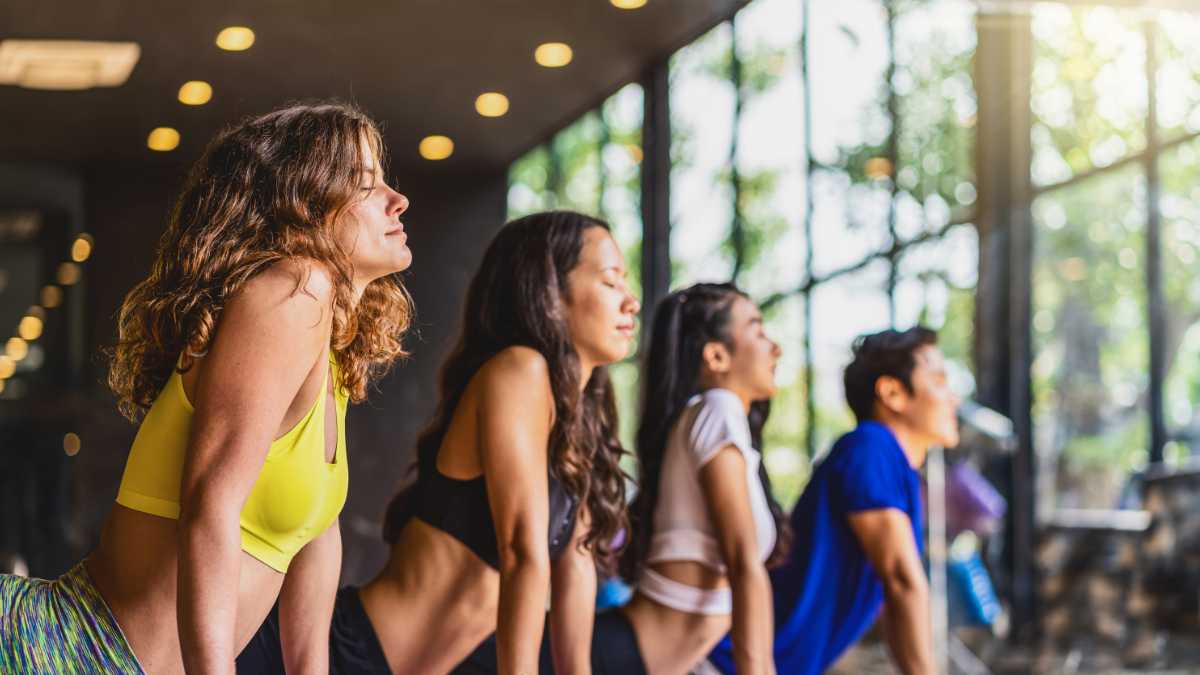12 Scoliosis Exercises for Pain Relief
Do you have scoliosis? If so, did you know that certain exercises can counteract your curve progression and keep your back strong? Believe it or not, bracing and pain medications are not your only nonsurgical options when it comes to treating scoliosis. In fact, scoliosis exercises are an excellent form of supplemental treatment that you can perform in the comfort of your own home. Of course, it is vital that you perform the right exercises for your condition with the proper technique. Performing scoliosis exercises incorrectly is actually worse than doing no exercise at all.
Here is a list of scoliosis exercises that may alleviate your symptoms. (As always, consult with your doctor before embarking on a new exercise regimen.)

Arm/Leg Raises
This exercise is ideal for working your lower back and core muscles, which supply the spine with a bulk of its support. To begin, you will need to lie down with your stomach and chin facing the ground. Make sure to keep all of your extremities extended during this step. Next, slowly raise one of your arms forward and hold that position for around 10 seconds. Once you have done that, repeat this exercise for each limb. If you want to attempt a more difficult version of this exercise, try lifting an opposite arm and leg at the same time.
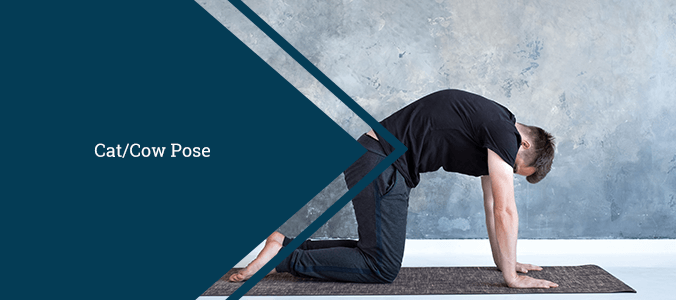
Cat/Cow
Like the previous exercise, the cat/cow stretch also strengthens the muscles and tendons that provide your spine with much-needed support. Is your scoliosis more severe? Do you have painful symptoms? If so, you will be happy to know that this exercise is much more gentle than most. Firstly, you are going to want to start on your hands and knees. Make sure that your arms are in line with your shoulders and likewise with your knees and hips. Also, you will want to keep your head facing down in such a way that it aligns with your spine naturally. Next, you should lift your spine upward while averting your gaze toward your stomach. Hold this pose for one good, deep breath, and then lift your chest and coccyx (i.e. tailbone) toward the sky. At this point, your eyes should be looking upward and you should take another deep breath inward.
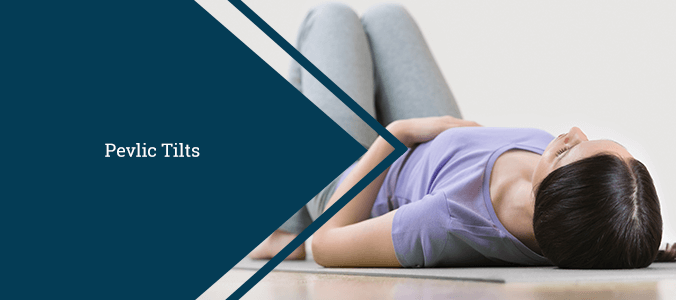
Pelvic Tilt
Though you can perform this exercise without one, it is highly recommended that you use a yoga or exercise mat. The reason for this? You will begin this exercise by lying down on your back. You will need to keep your feet flat on the surface that you are lying on, so you may need to bend your knees slightly. Next, you’re going to want to pull your stomach inward, which should flatten your back against the floor. Finally, you should hold this position for around 20 seconds before entering into a period of rest. Of course, this exercise becomes more effective through repetition, so go crazy.
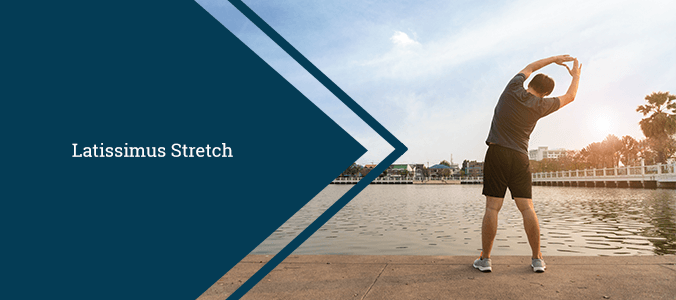
Latissimus Stretch
This exercise focuses on the latissimus dorsi muscles, which may feel tense if you have scoliosis. For this exercise, begin in a standing position and make sure that your feet are aligned with your shoulders. With a slight bend in your knees, put your hands over your head and grab onto one of your wrists. Let’s say you grab your left hand. If you go this route, your next step will be to bend your body to the left side until you feel a gentle stretch in your side. At this point, most of your weight should be on your left leg. Hold this position for roughly 10 seconds. Of course, you can (and should) repeat this exercise on the opposite side of the body.
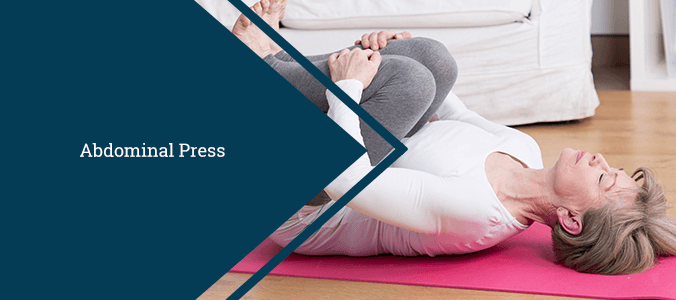
Abdominal Press
A lot of muscle groups work together to support your spine. And, the abdominal muscles are no exception. To perform an abdominal press, you will need to lie down on your back with your feet flat on the floor. Next, lift your legs off the floor in such a way that they form a right angle. (Your thighs should be at a right angle to your torso and your calves should be at a right angle to your thighs.) To work your abdominal muscles at this point, you will need to use your hands to push on your knees without letting them move. Make sure you do this for around 10 seconds and then repeat for maximum effectiveness.
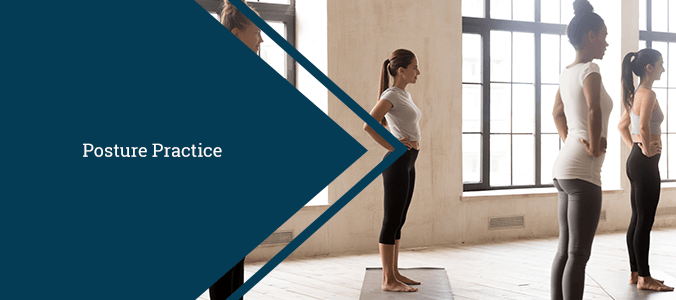
Posture Practicing
Simply practicing good posture will do wonders for your spine, scoliosis or no. Did you know that there are ways to practice good posture? And, that doing so will help you alleviate painful symptoms with time and repetition? To accomplish this feat is quite simple. All you need to do is to start in a standing position with your shoulders down, back, and relaxed. Make sure that your ears are aligned with your shoulders and that your chin is tucked in enough that it is not too far forward or inward. Make sure that you ever so slightly draw your stomach in while simultaneously keeping the knees unlocked, albeit barely. Simply practicing this simple routine a few times a day will train your body to assume this position naturally as you go about your day.

Single-Leg Balance
This is a great exercise, but it is best executed in front of a mirror. Doing so will assist you in straightening your spine throughout the routine. Begin this exercise in the standing position and bring one knee up at a right angle while balancing on the other foot. If necessary, you may use an implement such as a chair or table to help you maintain your balance. Of course, you are going to want to work toward being able to perform this routine without such an aid. If you want to enhance the difficulty of this exercise, try closing your eyes or keeping your arms against your chest. Repeat this exercise several times on each side for maximum effectiveness.
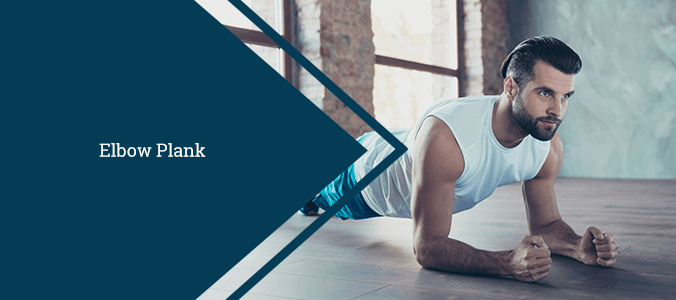
Plank Exercise
When executed correctly, this exercise also works to strengthen the abs and increase core stability. The abdominal muscles provide major support to your spine, so planking is ideal for alleviating chronic back pain. To begin, position yourself on the ground by resting on your hands and knees. Next, place your forearms on the floor while keeping your elbows aligned with your shoulders. If done correctly, your arms should form a right angle. At this point, you should stretch your legs all the way back while maintaining a straight posture from head to toe. Make sure to keep your head tucked down in order to align your cervical spine with the rest of your back. All that’s left to do now is to hold the position while tightening your abdominal muscles.

Upward Dog
To perform this exercise, start on your hands and knees and make sure that your elbows are aligned with your shoulders. Next, you’re going to want to drop your hips downward, while doing the same with your shoulders. During this step, ensure that you extend your chest outward and that you avert your gaze to the ceiling. Complete the routine by lifting your thighs up from the ground and inhaling deeply. Like all the other exercises on this list, make sure you repeat this exercise depending on your level of comfort. Upward dog stretches out the lower back muscles, which play an important role in supporting the lumbar spine.
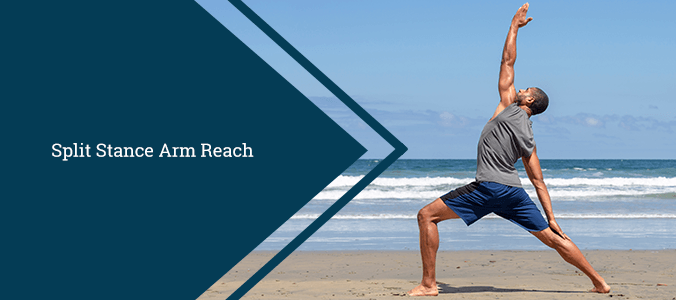
Split Stance Arm Reach
This routine is a standing exercise that is great for patients with scoliosis. To start, lunge forward on one leg at a distance slightly longer than your normal step. During this time, it’s extremely important to keep your spine in a neutral position. Next, use your body weight to rock back and forth while simultaneously raising your opposite arm toward the ceiling. As you begin to reach, take your other hand and start extending it behind you while trying to point the palm upwards as much as possible. Hold this position for a few breaths and repeat.
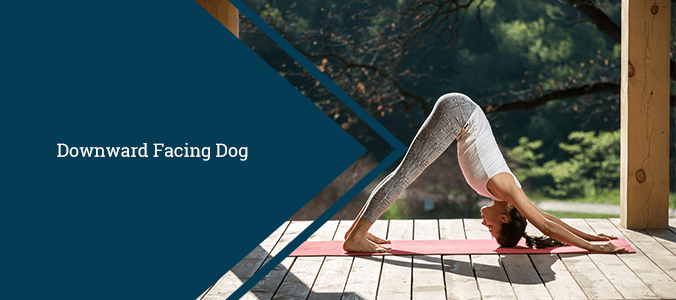
Downward Dog
We have already gone over upward dog and downward dog really isn’t that much different. As you can probably imagine, it’s basically the inverse version of the other exercise. The starting point is the same—you begin on your hands and knees while aligning your elbows with your shoulders. Next, and without locking your arms, raise your hips toward the ceiling and back while bringing the chest closer to the legs. Make sure that you elevate your coccyx in order to ensure spinal alignment during this step. Your feet should align with your hips and your toes should be pointing toward your head. Now that you are here, hold this position for several breaths and release.
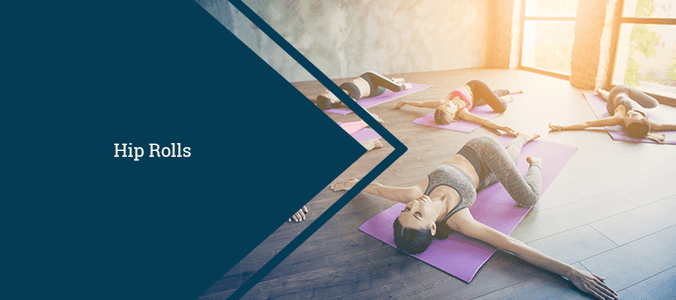
Hip Roll
This exercise targets your midsection and oblique muscles. Your obliques are responsible for helping you perform motions such as rotating your torso. To start, you will need to lie down on your back with your palms touching the floor. Without separating the feet, bend your knees while keeping them close together. At this point, the goal is to bring your knees to one side of the body while getting them as close to the floor as possible. (Don’t let your knees touch the floor.) Now, do the same but on the opposite side of the body. You can repeat this as many times as you are comfortable.
Questions?
If exercises are not enough to alleviate your symptoms, please contact Dr. Jason E. Lowenstein at (855) 220-5966. Dr. Lowenstein is a board-certified, fellowship-trained spinal deformity surgeon with extensive experience in performing minimally invasive procedures. He will be able to put you on a treatment plan that suits the specific needs of your individual case. For scoliosis treatment that you can trust, contact us today!
